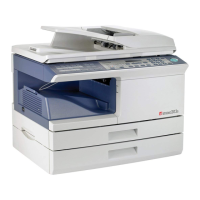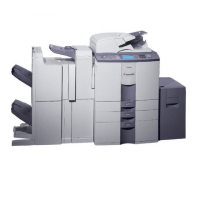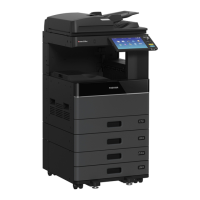How to improve poor scanning quality on Toshiba All in One Printer?
- JJessica BushAug 7, 2025
To improve the scanning quality on your Toshiba All in One Printer, regularly clean the document glass and the underside of the RADF. Ensure you are using a clean original document. Also, verify that the resolution setting in the scanner driver is appropriate for the original you are scanning.






